Words of wisdom and miscellaneous facts by Dr. Wysong and others.
This is an accumulation over several decades and the accuracy cannot be attested to.
Wysong vs Nemos Bible Debate
COSMOLOGY LIES AS BIG AS THE UNIVERSE
⬇️ Click to scroll down to article
"We'll know our disinformation program is complete when everything the American public believes is false."
—William Casey CIA director 1981
The bigger the lie the greater its acceptance because people cannot believe authority figures would ignore reality.
To find truth we must hate the lie more than love accepted beliefs.
Fraud vitiates everything it touches. (common law maxim) Nudd v. Burrows (1875) 91 U.S. 416.
Fraud destroys the validity of everything into which it enters. Boyce's Executors v. Grundy (1830) 28 U.S. 210.
Fraud vitiates the most solemn contracts, documents and even judgments. United States v. Throckmorton (1878) 98 JU.S. 61.70.
FORWARD
The accepted cosmogony/cosmology (origin and nature of the universe) belief is:
—William Casey CIA director 1981
The bigger the lie the greater its acceptance because people cannot believe authority figures would ignore reality.
To find truth we must hate the lie more than love accepted beliefs.
Fraud vitiates everything it touches. (common law maxim) Nudd v. Burrows (1875) 91 U.S. 416.
Fraud destroys the validity of everything into which it enters. Boyce's Executors v. Grundy (1830) 28 U.S. 210.
Fraud vitiates the most solemn contracts, documents and even judgments. United States v. Throckmorton (1878) 98 JU.S. 61.70.
FORWARD
The accepted cosmogony/cosmology (origin and nature of the universe) belief is:
A Big Bang of nothing created an infinite meaningless universe containing atomic dust that gravitationally accreted into heavenly bodies including our Earthball moving in several different directions at 2.8 million mph and holding an atmosphere next to the vacuum of space while spontaneously forming life from primeval sludge that then evolved into complicated rocks called humans with no free will.
Long ago it became clear to me that the materialistic evolutionary part of that credo was false.
But I was on board with the cosmology part. After all, we see rocket ships going to and fro, there is a "Space Force," pictures of Earth and planets abound, astronauts float around and in the International Space Station, thousands of people and billions of dollars support it, and, of course, "all" the experts believe.
To question this is to be a conspiracy theorist, misinformationist, or even a lunatic. Oh my, we must, after all, follow the crowd.
The idea that we are being lied to about space didn't even enter my mind until a few months ago when what was left of my naive and trusting innocence had been totally demolished with the COVID-19 fraud.
We, the crowd, extend our trust to institutions charged with looking after our interests. But government, Big Medicine, education, media, industry, Big Tech, science, and NASA chase money, their own security, and even power over us.
That should not inspire confidence in beliefs they create, promote, protect with censorship, and even demand acceptance of.
If we want truth, we have to find it ourselves. To do that requires the opposite of trusting in others. It means sleuthing what the powers that be try to hide from us in internet archives, banned videos, censored "disinformation," and what "fact checkers" say isn't so.
Probing into the subject I was stunned to learn that:
That means unproven beliefs, stories, and even fakery are being passed off as science and truth.
This subject may seem inconsequential to everyday life. But that's only true if we aren't being lied to about it. If the truth is being hidden from us, we can be sure of one thing, it's not being done for our benefit.
Truth seekers learn that the scale and ostentatiousness of lies being fed to us means nothing can be tacitly trusted.
Everything of importance from government, media, industry, medicine, education, economics, science, history, religion, and popular society must be assumed to be false unless we prove otherwise by doing our homework and thinking critically.
This series will provide wake-up information to help you discover lies as big as the universe.
But I was on board with the cosmology part. After all, we see rocket ships going to and fro, there is a "Space Force," pictures of Earth and planets abound, astronauts float around and in the International Space Station, thousands of people and billions of dollars support it, and, of course, "all" the experts believe.
To question this is to be a conspiracy theorist, misinformationist, or even a lunatic. Oh my, we must, after all, follow the crowd.
The idea that we are being lied to about space didn't even enter my mind until a few months ago when what was left of my naive and trusting innocence had been totally demolished with the COVID-19 fraud.
We, the crowd, extend our trust to institutions charged with looking after our interests. But government, Big Medicine, education, media, industry, Big Tech, science, and NASA chase money, their own security, and even power over us.
That should not inspire confidence in beliefs they create, promote, protect with censorship, and even demand acceptance of.
If we want truth, we have to find it ourselves. To do that requires the opposite of trusting in others. It means sleuthing what the powers that be try to hide from us in internet archives, banned videos, censored "disinformation," and what "fact checkers" say isn't so.
Probing into the subject I was stunned to learn that:
| Nobody, including any scientist, can prove any aspect of the approved cosmogony/cosmology belief using experimentation and the scientific method. |
That means unproven beliefs, stories, and even fakery are being passed off as science and truth.
This subject may seem inconsequential to everyday life. But that's only true if we aren't being lied to about it. If the truth is being hidden from us, we can be sure of one thing, it's not being done for our benefit.
Truth seekers learn that the scale and ostentatiousness of lies being fed to us means nothing can be tacitly trusted.
Everything of importance from government, media, industry, medicine, education, economics, science, history, religion, and popular society must be assumed to be false unless we prove otherwise by doing our homework and thinking critically.
This series will provide wake-up information to help you discover lies as big as the universe.
"We'll know our disinformation program is complete when everything the American public believes is false."—William Casey CIA director 1981
"We know they are lying, they know they are lying, they know we know they are lying, we know they know we know they are lying, but they are still lying."—Aleksandr Solzhenitsyn
"We know they are lying, they know they are lying, they know we know they are lying, we know they know we know they are lying, but they are still lying."—Aleksandr Solzhenitsyn
|
1/29/2019
Click to enlarge, Ctrl + to enlarge further; Ctrl 0 to return to 100%
Let's say you were strolling on the beach looking for nice seashells and came across a set of perfectly intermeshing gears. You looked to the side, and there was also a bolt with a nut screwed onto it. Beside that was a rotary mechanism.
You'd conclude the obvious, that some intelligent person made them. And you wouldn't be alone. Any person on the planet would conclude the same. Archeologists and anthropologists finding even crudely chipped stones conclude that such artifacts are the product of intelligence. The Oldowan stone tools found in Africa are an example.
If that's the obvious conclusion about chipped stones, there could be no other conclusion if we found gears, nuts, bolts, and rotors.
Here are gears wired to a neural circuit, muscles, brain, optics, and all of the other paraphernalia found in living creatures. Billions of components all interconnected in a machine that is not just thousands, but millions of years old.
This tiny plant hopper insect-machine, one-tenth of an inch long, can bullet skyward faster than the eye can see and accelerate in 2 milliseconds to 400 g's, more than 20 times what the human body can withstand without tearing apart.
The gears are located in the hip of the Issus and, in 1/300,000th of a second, synchronize the legs for the jump. Unlike kangaroos and us, where neural feedback loops permit coordination of the jump, the Issus' jump occurs faster than the six milliseconds it takes for nerve transmission to and from the brain. Thus, the need to lock the legs with gears so the insect doesn't spiral out of control.
It is only in the young molts of the Issus machine that the hip gears are found. In the adult version, another design in its program takes over whereby the gears are gone, and the legs lock together as occurs in other jumping insects. In other words, the Issus has not only one jumping mechanism, but two. Gears, as we know them, were not invented until the genius of the Swiss mathematician Leonhard Euler in the 18th century. So, there must have been genius that invented the Issus gears millions of years before. Bacterial Rotors The bacterium, E. coli, is just one cell, but it contains many machines. A remarkable one that gives it locomotion is the flagellum, a whip-like strand that propels the organism through liquid. To describe this mechanism, terms must be used that are identical to those used by engineers: reversible rotary motor (acid-driven at 20,000 revolutions per minute), flexible coupling, universal joint, propeller, stator, and bushing. Like with gears, humans didn't invent such mechanical elements of machines until the 1800s. Their creation was heralded as genius and gave rise to electric motors, helicopters, and other machines propelling the Industrial Revolution. None of these great accomplishments has ever been attributed to anything other than great intelligence. The same rotor elements existed in bacteria 3.5 billion years ago. Nothing less than great intelligence can account for them.
Nuts and Bolts
Then there's the nuts and bolts in the Trigonopterus oblongus weevil legs. Instead of the ball and socket like we have for our hip-leg joint, the weevil has a bolt-screw on the leg that seats into a nut-thread in the hip. Technically, the coxa is the thread, and the trochanter is the screw.
This weevil nut-and-bolt mechanism locks the legs and stabilizes the beetle for certain feeding actions when moved to the extreme of the thread in one direction, and then frees up for walking when unscrewed.
Nuts and bolts weren't invented and integrated into machines until about 1500 CE. The weevil machine is dated at 100 million years old. If intelligent humans had to invent nuts and bolts, intelligence a hundred million years ago would have been required to invent the beetle's leg machine. No step-by-step biochemical evolutionary progression can be proven. Nor is there even one observed example of any machine anywhere at any time coming into existence spontaneously. (The fact that such machinery comes into existence each time an organism reproduces, is a reflection of the preexisting information and engineering of the parents. That parental engineering and information cannot be proven to arise by spontaneous evolutionary processes.) Keep in mind as you look at these mechanisms, or any other part of any living organism, even a single cell, that they are comprised of trillions of integrated biochemical machine components constantly moving about at blinding speed. It cannot be proven that these components came to be, step-by-step. Biochemical Machines The following diagram represents a snapshot fraction of the dynamics of what goes on in a minuscule bit of living tissue—biochemical gears, nuts, bolts, and rotors within and upon interlinked mechanism after mechanism. No part of which can exist on its own.
Biochemical knowledge, as reflected in such drawings of chemical pathways, is an incomplete snapshot of present incomplete knowledge and does not reflect the dynamics and speed of what actually happens second by second in living tissue. The trillions of complex machine-like interactions occurring at lightning speed every second for life to happen are incomprehensible.
Nevertheless, all such machines and mechanisms are thought by evolutionists to have arisen spontaneously. For example, this is the headline from an article about Issus gears in Scientific American: "Working Gears Evolved in Plant-Hopping Insect" Popular Mechanics states that the Issus "evolved its acrobatic prowess because it needs to flee dangerous situations . . . there's been enormous evolutionary pressure to become faster and faster, and jump further and further away." Similar quotes can be found for the bacterial rotor and for the weevil's nuts and bolts. No detailed genetic or biochemical mechanisms and pathways are provided for how this evolution over time could occur. No fossils are provided showing the incremental development. No experiments. Not even an attempt at actual proof. Instead, there are just statements of faith about how gear, nut, bolt, rotor, and biochemical machines magically appeared because they were needed for evolution. But if someone else says intelligence is responsible, even when intelligent design is clearly written all over life's gears, rotors, nuts, bolts, and millions of other mechanisms, that's supposedly absurd. The Takeaway
If you agree, disagree, have questions, or have a correction please let me know. Comment below or email me at [email protected]
Leave a Reply. Choose Any Name
Comments
|
Solving the Big Questions
SECTIONSA: SEARCHING FOR TRUTHB: ORIGINS C: THE FINGERPRINT OF MIND D: RELIGION E: THE REAL REALITY F: OUR TRUE NATURE AND DESTINY CHAPTERSIntroduction1. Rules for Finding Truth 2. Truth Is Real and Accessible 3. Origin Choices 4. The Laws of Thermodynamics 5. The Law of Information 6. The Law of Impossibility 7. The Law of Biogenesis 8. The Laws of Chemistry 9. The Law of Time 10. Fossil Problems 11. Have Humans Evolved? 12. Are We Selected Mutants? 13. Favorite Evolution Proofs 14. Why Materialism Is Believed 15. Free Will Proves Creation 16. Design 17. Biological Machines 18. Nuts, Bolts, Gears, and Rotors Prove Intelligent Design 19. Humans Defy Evolution 20. The Anthropic Universe 21. Evolution’s Impact 22. Putting Religion on the Table 23. How Religion Begins and Develops 24. Religions Cross Pollinate 25. Gods Writing Books 26. Questionable Foundations of Christianity 27. How Best to Measure Holy Books 28. The Ultimate Holy Book Test 29. Religion Unleashed 30. End(s) of the World 31. Defending Holy Books 32. Faith 33. The Source of Goodness 34. Matter is an Illusion 35. Weird Things Disprove Materialism 36. Even Weirder Things 37. Creature Testimony 38. Personal Weirdness 39. Proving Weird Things 40. Skeptics and Debunkers 41. Free Will Proves We Are Other 42. Mind Outside Matter 43. Death is a Return 44. Life After Death 45. Why There is Suffering 46. What the Creator Is and Is Not 47. Thinking’s Destination $1 Million Reward Figures |


 YouTube
YouTube Podcast
Podcast
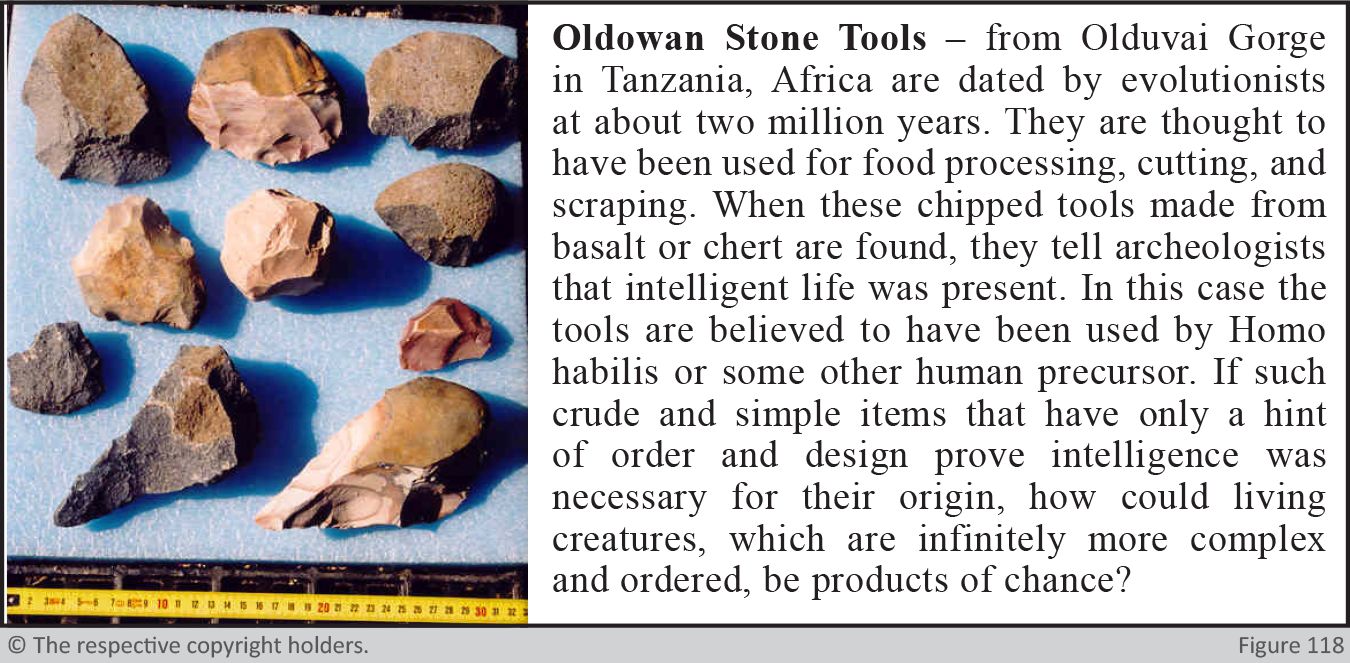
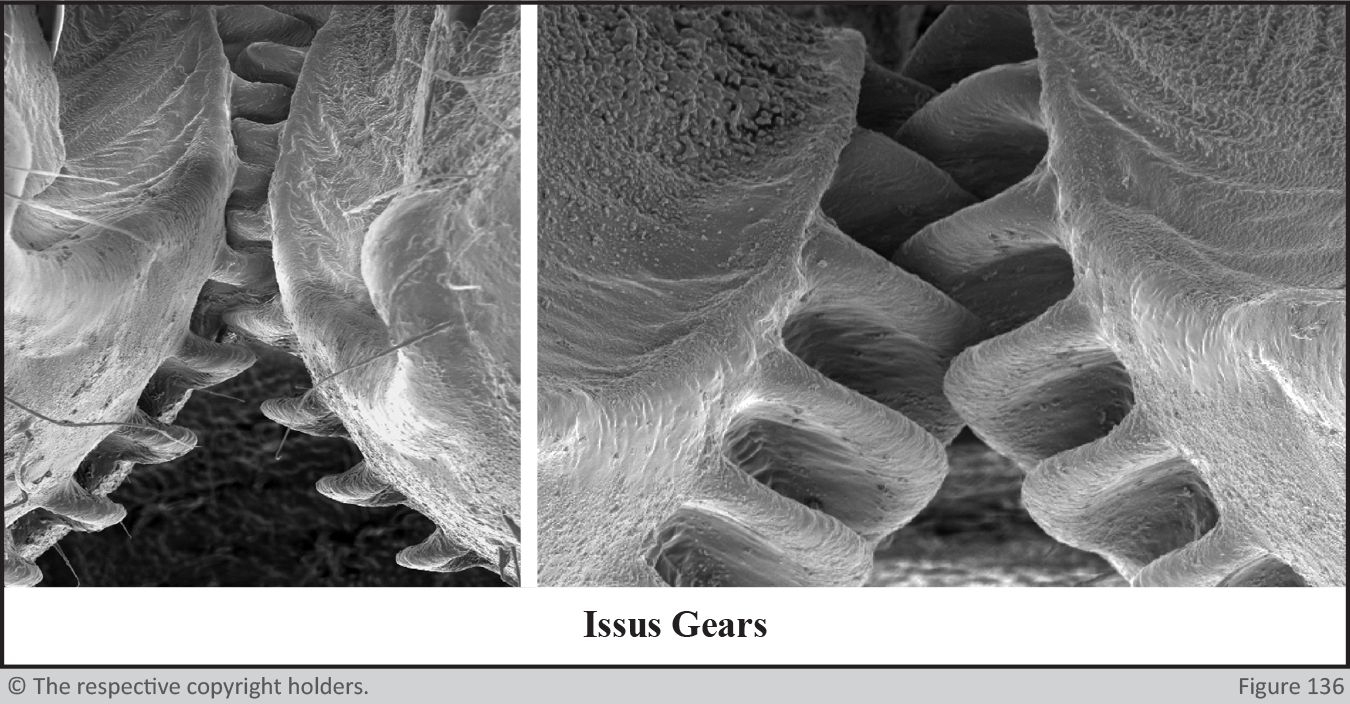
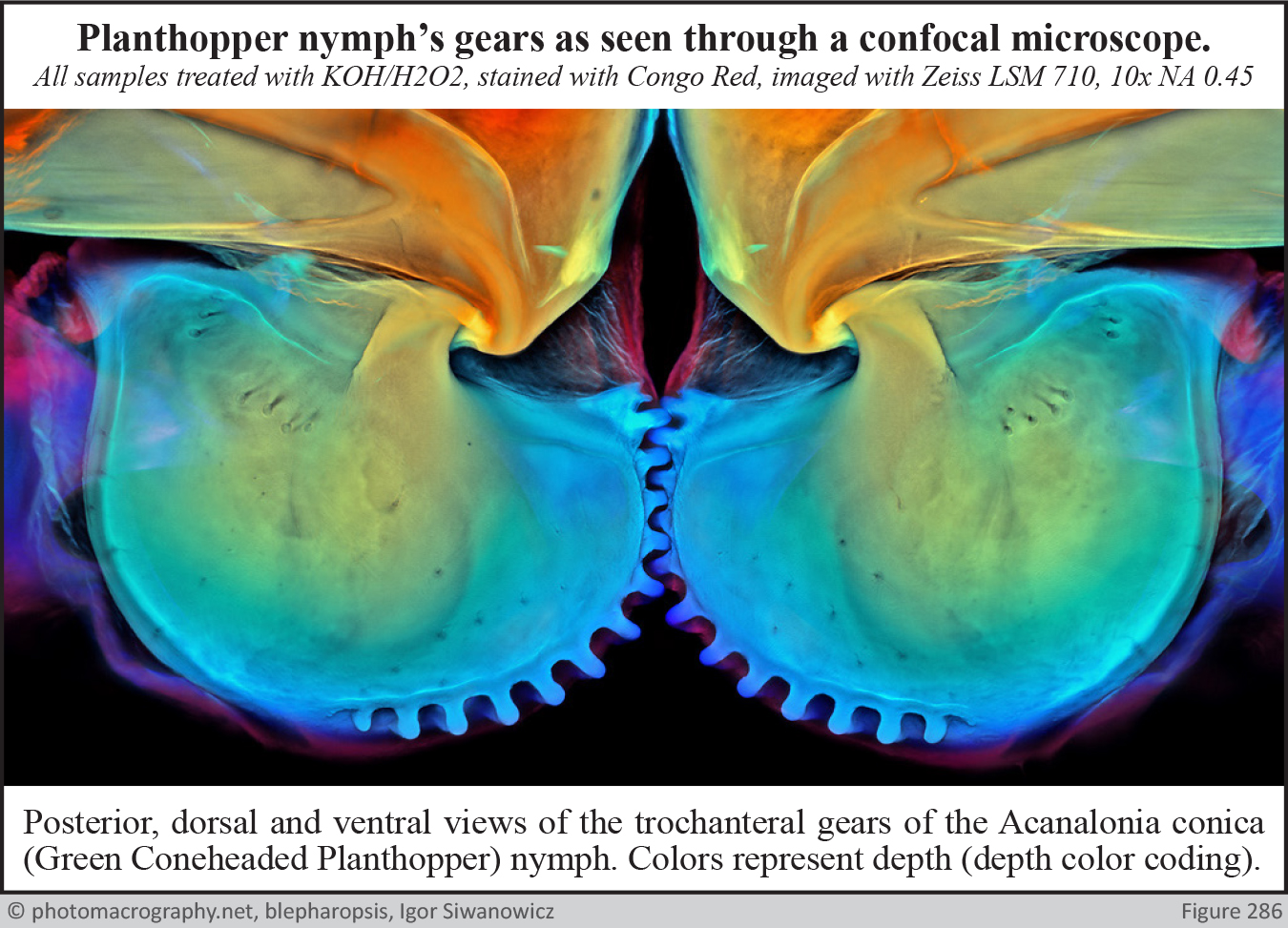

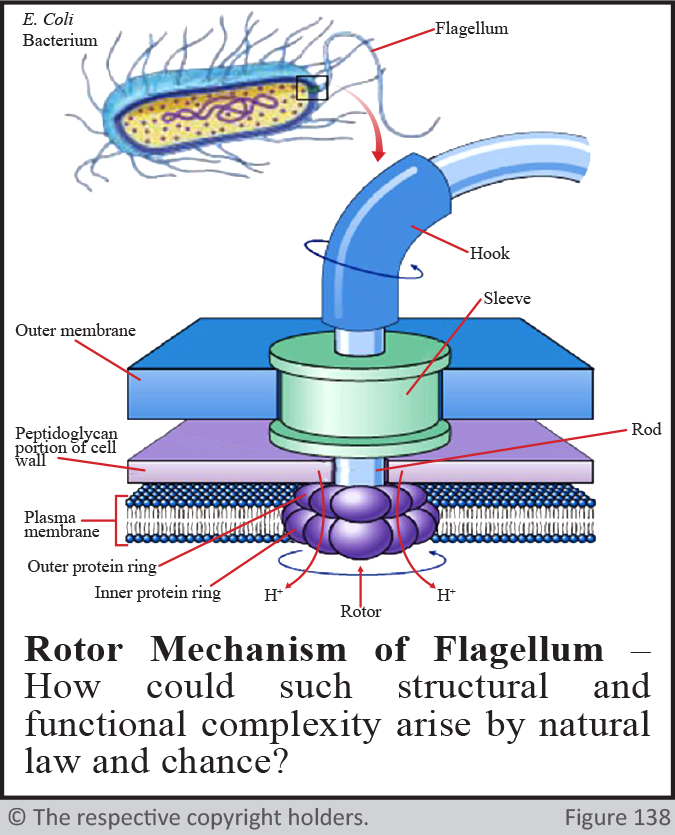
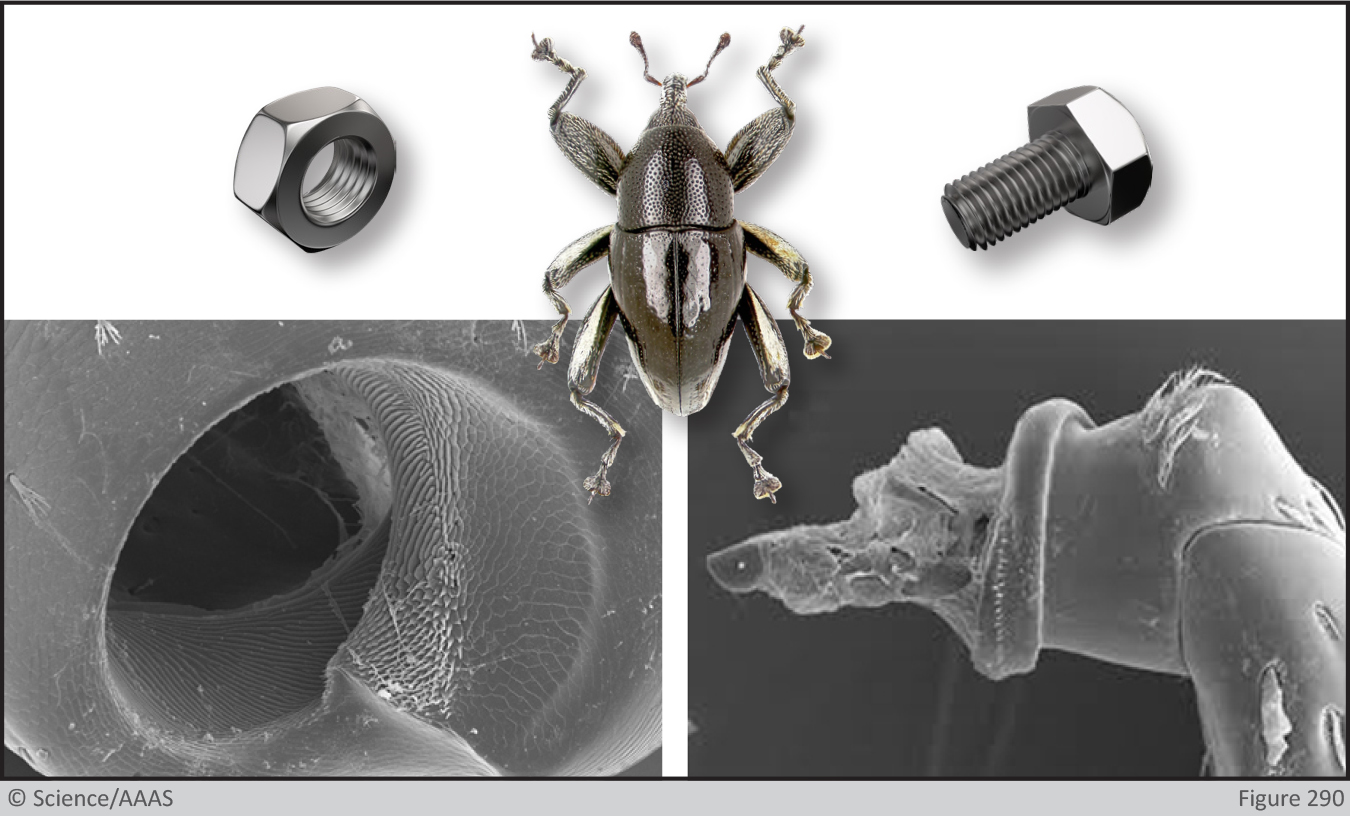
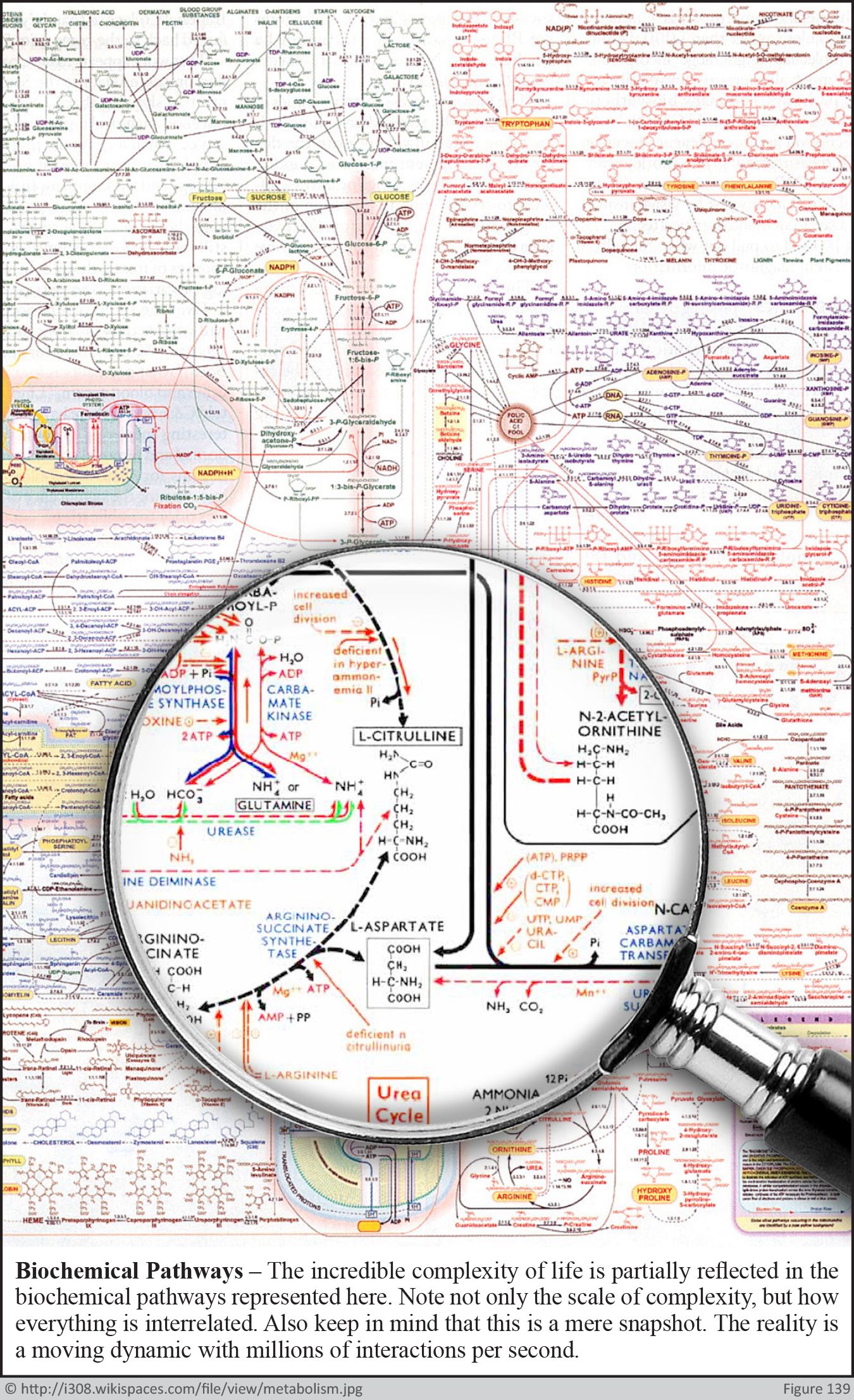
 Twitter
Twitter
0 Comments